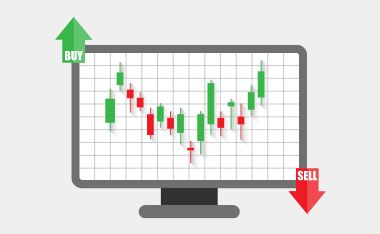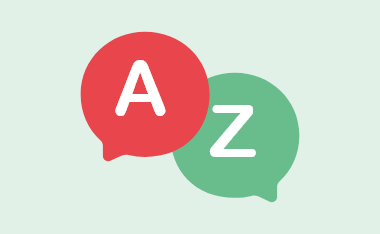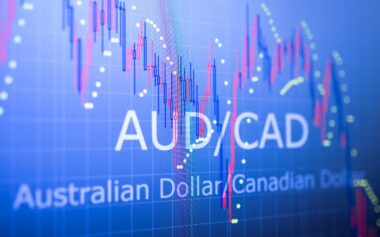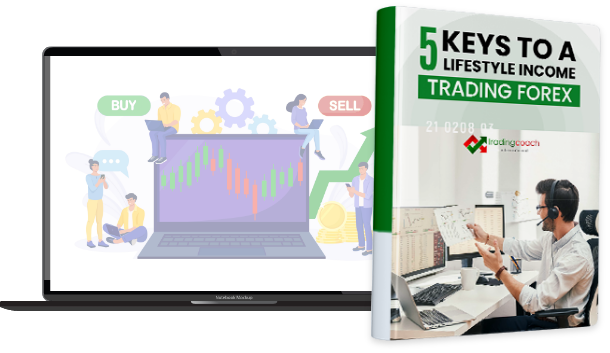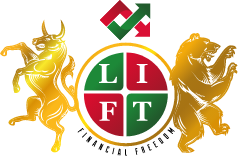Forex Assets Definition

In forex trading, the instruments traders choose to trade from are referred to as forex assets.
Trading these assets allows traders to profit from changes in currency exchange rates.
This comprehensive guide will explore the various forex trading assets, their definitions, characteristics, and factors to consider when trading them.
By understanding the different forex trading assets, traders can make informed decisions and develop effective trading strategies.
Forex Assets: Major Currency Pairs
The major currency pairs are the market’s most actively traded forex trading assets.
They consist of the currencies of the world’s largest economies and are highly liquid. The major currency pairs include:
EUR/USD: Euro against the US dollar
USD/JPY: US dollar against the Japanese yen
GBP/USD: British pound against the US dollar
AUD/USD: Australian dollar against the US dollar
USD/CHF: US dollar against the Swiss franc
USD/CAD: US dollar against the Canadian dollar
NZD/USD: New Zealand dollar against the US dollar
Major currency pairs are popular among traders due to their high liquidity, tight spreads, and abundant trading opportunities.
Various factors influence them, including economic indicators, central bank policies, geopolitical events, and market sentiment.
Forex Assets: Minor Currency Pairs
Minor currency pairs, also known as cross-currency pairs, consist of currencies from major economies other than the US dollar.
These pairs are traded less frequently than major currency pairs but offer trading opportunities.
Examples of minor currency pairs include:
EUR/GBP: Euro against the British pound
EUR/JPY: Euro against the Japanese yen
GBP/JPY: British pound against the Japanese yen
AUD/CAD: Australian dollar against the Canadian dollar
NZD/JPY: New Zealand dollar against the Japanese yen
Minor currency pairs tend to have wider spreads compared to major currency pairs.
Traders interested in minor currency pairs should consider factors specific to the countries involved, such as economic indicators, political events, and trade relationships.
Exotic Currency Pairs
Exotic currency pairs involve currencies from emerging or less frequently traded economies.
These pairs are considered less liquid and can exhibit wider spreads and higher volatility. Examples of exotic currency pairs include:
USD/ZAR: US dollar against the South African rand
USD/TRY: US dollar against the Turkish lira
USD/BRL: US dollar against the Brazilian real
USD/THB: US dollar against the Thai baht
Trading exotic currency pairs requires thorough research and understanding of the economies involved.
Factors such as political stability, economic indicators, commodity prices, and central bank policies can significantly impact these pairs.
Forex Assets: Currency Crosses
Currency crosses, also known as cross-currency pairs are forex assets that do not involve the US dollar.
They are created by pairing major currencies against each other. Examples of currency crosses include:
EUR/GBP: Euro against the British pound
EUR/JPY: Euro against the Japanese yen
GBP/JPY: British pound against the Japanese yen
AUD/NZD: Australian dollar against the New Zealand dollar
Currency crosses allow traders to take advantage of specific currency relationships and diversify their trading strategies.
Traders interested in currency crosses should closely monitor the factors influencing both currencies in the pair.
Factors to Consider When Trading Forex Assets
When trading forex assets, traders should consider several factors:
Volatility
Different forex assets exhibit varying levels of volatility.
Volatility measures the magnitude of price fluctuations over a given period.
Highly volatile assets can provide significant profit opportunities but also carry higher risks.
Traders should assess their risk tolerance and adjust their strategies accordingly.
Liquidity
Liquidity refers to the ease of buying or selling an asset without significantly impacting its price.
Highly liquid assets allow traders to enter and exit positions efficiently.
Major currency pairs tend to be the most liquid, while exotic pairs may have lower liquidity.
Traders should consider liquidity when selecting forex assets to trade.
Economic Indicators and News Events
Economic indicators, such as GDP growth, inflation rates, and employment data, can significantly impact forex assets.
Traders should stay updated on economic news releases and understand how they can affect currency prices.
Additionally, geopolitical events and central bank announcements can create volatility in the forex market.
Correlations
Forex assets can exhibit correlations with other assets, such as commodities or stock indices.
Understanding these correlations can help traders diversify their portfolios and manage risk effectively.
Positive correlations imply that two assets move in the same direction, while negative correlations indicate opposite movements.
The Last Word on Forex Assets
Forex trading assets encompass a wide range of instruments that allow traders to profit from currency exchange rate changes.
Major currency pairs, minor currency pairs, exotic currency pairs, and currency crosses have their characteristics and considerations.
Traders must understand the definitions, features, and factors influencing these forex assets to make informed trading decisions.
By considering volatility, liquidity, economic indicators, and correlations, traders can develop effective trading strategies and confidently navigate the dynamic world of forex trading.
More Information
For more trading term general definitions, visit our A to Z of Forex Trading
To look at these concepts in action, please visit our sister site, Latest Forex Rates
What to do Next
If you have more questions or need further guidance, don’t hesitate to reach out to us at The Trading Coach International for personalized coaching and support.
If you would like to learn more about trading forex profitably and what steps you can take next to get on the right track to build your Lifestyle Income From Trading, you can book an no obligation, Free Strategy Call with our Lead Trading Coach by clicking on THIS LINK
Disclaimer
The information, strategies, techniques and approaches discussed in this article are for general information purposes only and studies of potential options. The Trading Coach International does not necessarily use, promote nor recommend any strategies discussed in this article. The information in this article may not be suitable for your personal financial circumstances and you should seek independent qualified financial advice before implementing any financial strategy. The Trading Coach International is not a financial advisor and does not have AFS registration.


